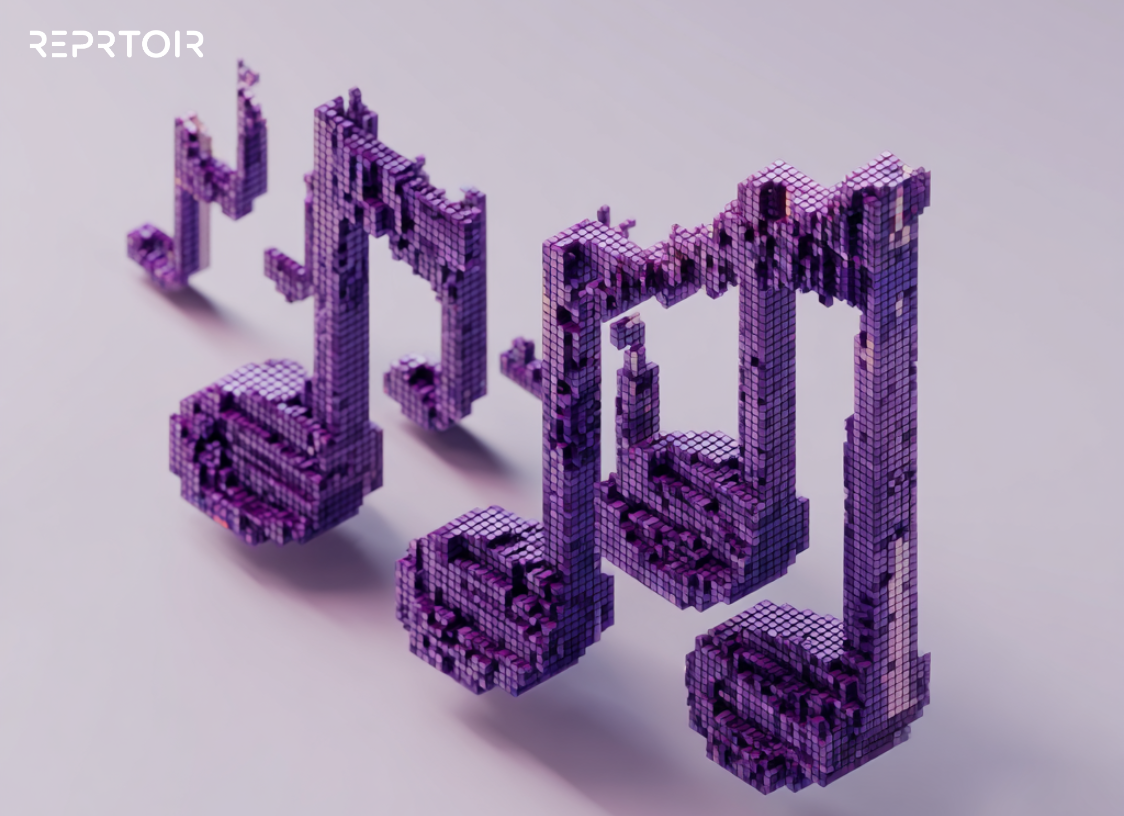Electronic music has always been interchangeable with innovation in the last 50 years. The genre has consistently pushed the boundaries of what is possible in music production.
This includes the earliest experiments with synthesizers and drum machines to the current era of digital audio workstations (DAWs) and artificial intelligence (AI).
In this article, we will explore the evolution of creative processes in electronic music by highlighting the impact of new technologies, software advancements, and the increasing use of AI in music businesses:
Early Innovations and the Rise of Electronic Music
Electronic music can be traced back to the mid-20th century, with pioneers like Karlheinz Stockhausen and Wendy Carlos. For example, the development of the Moog synthesizer in the 1960s was a significant milestone because it allowed artists to create entirely new sounds and textures.
This period saw the birth of genres—such as ambient, techno, and house—which relied heavily on electronic instruments and production techniques.
The 1980s and 1990s marked the rise of drum machines and samplers: these are tools that became essential for electronic music producers.
Moreover, instruments like the Roland TR-808 and the Akai MPC revolutionized how music was made; this became the foundation for genres like hip-hop, electro, and acid-house.
The Digital Revolution and DAWs
The late 1990s and early 2000s witnessed a significant shift with the advent of digital audio workstations (DAWs). Software like Ableton Live, Logic Pro, and FL Studio allowed producers to compose, arrange, and mix music entirely within a computer.
DAWs also facilitated the integration of virtual instruments and effects, which expanded the sonic palette available to electronic music producers. The ability to use MIDI (Musical Instrument Digital Interface) to control virtual instruments opened up new possibilities.
The Impact of New Technologies and Software
In recent years, advancements in technology have continued to shape the creative processes in electronic music. Modular synthesizers have seen a resurgence by offering producers a tactile and experimental approach to sound design.
Likewise, the proliferation of mobile apps and portable hardware has made it easier than ever for artists to create music on the go.
Software developments have also played a crucial role. Tools like Serum—a popular wavetable synthesizer, and Omnisphere, a versatile software synthesizer—have become staples in many producers' arsenals.
The Role of AI in Electronic Music
One of the most exciting developments in recent years is the increasing use of artificial intelligence (AI) in music production. AI has the potential to revolutionize the creative process, offering new ways to generate, manipulate, and analyze sound.
Here’s how:
1. AI-Driven Composition
AI algorithms can assist in the composition process by generating melodies, harmonies, and rhythms based on existing musical data. Tools like Amper Music and OpenAI's MuseNet use machine learning to create original compositions.
2. AI-Powered Sound Design
AI is also making strides in sound design. Platforms like AIVA (Artificial Intelligence Virtual Artist) use AI to create new sounds and textures, offering producers innovative sonic possibilities.
Additionally, AI-driven plugins like iZotope’s Neutron and Ozone use machine learning to analyze audio and suggest mix adjustments by streamlining the production process.
3. Data-Driven Insights
AI can analyze vast amounts of data to identify trends and patterns in music consumption. This information can help producers understand what sounds are resonating with audiences, allowing them to tailor their productions accordingly.
Platforms like LANDR also use AI to master tracks.
4. AI in Live Performance
AI is also making its mark in live electronic music performances. AI-driven tools can analyze crowd reactions in real time, adjusting the music accordingly to enhance the audience's experience.
For instance, an AI system can monitor the energy levels on the dance floor and suggest changes in tempo, dynamics, or track selection to maintain a high level of engagement.
Are Electronic Music Producers Leading the AI Revolution?
Electronic music producers are always at the forefront of adopting AI technologies. The genre’s inherent focus on innovation and experimentation makes it a natural fit for AI integration.
Virtual reality (VR) and augmented reality (AR) are already making inroads; they offer immersive production environments and new ways to interact with music.
Nevertheless, it is essential to recognize that AI is a tool—not a replacement for human creativity; the best results often come from a collaboration between human ingenuity and AI capabilities.
Final Thoughts
The evolution of creative processes in electronic music is a testament to the genre’s adaptability and forward-thinking nature. As technology evolves, so too will the creative processes: it will ensure electronic music remains at the cutting edge of musical innovation.
We deliver the crucial tools to grow and nurture your music business at Reprtoir. Chat with us today and see how service can grow your music business!











